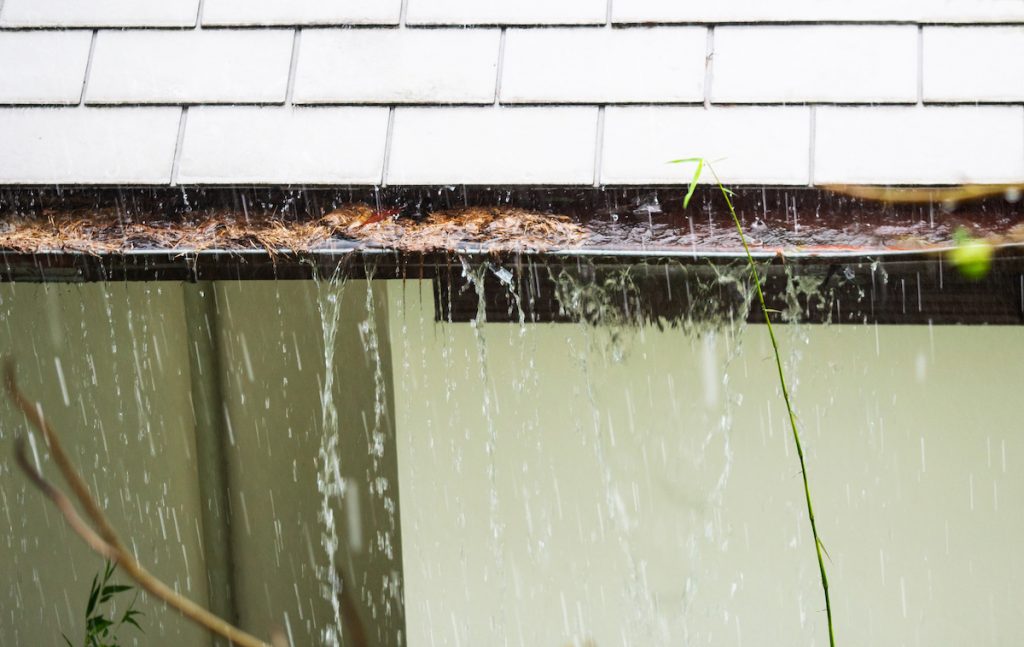Pinpoint Six of Principal Leak Factors Inside The House
Pinpoint Six of Principal Leak Factors Inside The House
Blog Article
Nearly everybody has got their own unique assumption with regards to Most Common Causes of Leaky Pipes.

Leakages not only cause waste of water however can likewise trigger unneeded damage to your residence and also promote unwanted organic development. Sadly, water leakages may go undetected because a lot of the pipework in our home is hidden. By looking and also understanding for daily situations that cause leakages, you can protect your house from future leakages and unnecessary damage. Today, we will check out six leakage triggers that may be creating your pipes to drip.
Trespassing roots
Most water leaks start outside the house instead of inside it. If you see an abrupt reduction in water pressure, say in your faucet, require time to head out and also analyze your backyard. You might discover damp spots or sinkholes in your yard, which could imply that tree origins are invading water lines triggering water to seep out. You can have your plumber look for intrusion, particularly if you have trees or hedges near your building.
Rusty water supply
This might be the cause of discoloration or bending on your water pipelines. If our plumbing system is old, think about changing the pipelines because they are at a greater danger of rust than the more recent designs.
Malfunctioning Pipeline Joints
Pipe joints can wear away over time, resulting in water leaks. If you have noisy pipes that make ticking or banging sounds, especially when the hot water is turned on, your pipeline joints are probably under a whole lot of stress.
Instantaneous temperature adjustments.
Extreme temperature adjustments in our pipelines can trigger them to broaden and also contract unexpectedly. This expansion and contraction might trigger fractures in the pipes, especially if the temperature level are below freezing. It would certainly be best if you watched on just how your plumbing works. The visibility of the formerly mentioned scenarios often indicates a high risk.
Poor Water Connectors
At times, a leak can be triggered by loosened pipes and also pipelines that provide your home appliances. In case of a water connections leakage, you may discover water running directly from the supply line or pools around your home appliances.
Obstructed Drains
Obstructed drains might be bothersome as well as inconveniencing, however they can sometimes wind up causing an overflow resulting in rupture pipes. Keep removing any materials that might drop your drains that can clog them to stay clear of such inconveniences.
All the above are causes of leaks yet not all water leaks arise from plumbing leakages; some leakages could come from roof covering leaks. All leaks need to be repaired right away to prevent water damage.
Leakages not only trigger waste of water yet can also create unnecessary damage to your home and advertise undesirable organic growth. By looking as well as comprehending for day-to-day situations that trigger leakages, you can shield your residence from future leaks and unneeded damage. Today, we will certainly look at six leak creates that may be creating your pipes to drip.
At times, a leakage can be created by loosened pipes and pipelines that supply your appliances. In instance of a water connections leakage, you might see water running directly from the supply line or puddles around your home appliances.
How To Check For Water Leak In Your Home
How To Check for Leaks
The average household's leaks can account for nearly 10,000 gallons of water wasted every year and ten percent of homes have leaks that waste 90 gallons or more per day. Common types of leaks found in the home are worn toilet flappers, dripping faucets, and other leaking valves. These types of leaks are often easy to fix, requiring only a few tools and hardware that can pay for themselves in water savings. Fixing easily corrected household water leaks can save homeowners about 10 percent on their water bills.
To check for leaks in your home, you first need to determine whether you're wasting water and then identify the source of the leak. Here are some tips for finding leaks:
Take a look at your water usage during a colder month, such as January or February. If a family of four exceeds 12,000 gallons per month, there are serious leaks.
Check your water meter before and after a two-hour period when no water is being used. If the meter changes at all, you probably have a leak.
Identify toilet leaks by placing a drop of food coloring in the toilet tank. If any color shows up in the bowl after 10 minutes, you have a leak. (Be sure to flush immediately after the experiment to avoid staining the tank.)
Examine faucet gaskets and pipe fittings for any water on the outside of the pipe to check for surface leaks.
Undetected water leaks can happen without the home or business owner even realizing. If you suspect a water leak, but not able to find the source. It is time to contact a professional water leak detection service, The Leak Doctor.
How To Find a Water Leak In Your Home
https://www.leakdoctor.com/blog/How-To-Check-For-Water-Leak-In-Your-Home_AE197.html

Do you enjoy more info about How to detect water leaks in your home? Try leaving feedback below. We would be interested to see your ideas about this write-up. We are looking forward that you come back again in the near future. Are you aware of anybody else who is truly interested in the topic? Please feel free to share it. I take joy in reading our article about Common Water Leaks In House.
Dial for results! Report this page